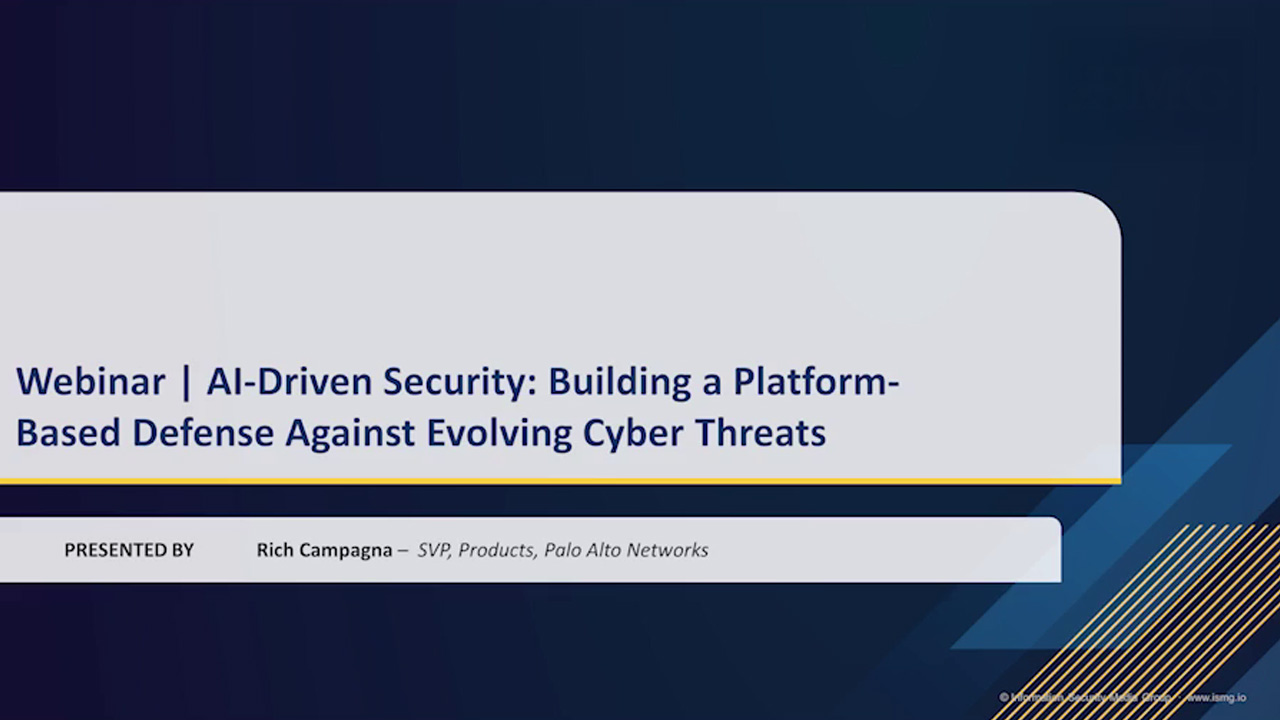Palo Alto Networks Discusses Building Modern Cyber Defenses
The cybersecurity landscape is undergoing a dramatic transformation, primarily driven by the increasing sophistication of cyber threats. As adversaries adopt advanced tactics, leveraging artificial intelligence to enhance their strategies, the need for evolved defense mechanisms has never been clearer. Conventional security measures are inadequate to cope with the speed and complexity of contemporary attacks.
In a recent OnDemand webinar, Palo Alto Networks explored the benefits of adopting AI-driven, platform-based security solutions. These innovative systems empower organizations to proactively anticipate potential threats, identify emerging patterns, and implement responsive strategies in real time. By facilitating a shift in focus from reactive to proactive measures, businesses can significantly improve their cybersecurity posture.
The discourse emphasized the vital role that AI and automation play in enhancing the efficiency of Security Operations Centers (SOCs) and streamlining incident response strategies. Changing user dynamics, including the rise of remote work and a diverse range of unmanaged devices, necessitate new approaches, such as enterprise browsers, which ensure secure and simplified access.
Moreover, the webinar highlighted how flexible platforms offer both agility and scalability, essential for addressing the evolving landscape of security challenges. Businesses must understand that these tools not only fortify defenses but also enhance operational effectiveness, especially during crises.
Looking ahead, predictions for 2025 suggest that organizations should prioritize these advanced cybersecurity frameworks to maintain resilience against emerging threats. As cybercriminals continue to refine their techniques, the necessity for adaptive defense measures becomes increasingly critical.
The discussion drew attention to the MITRE ATT&CK Matrix, a comprehensive framework that outlines various adversary tactics and techniques. Potential strategies applicable to recent cyber incidents may include initial access methods such as phishing, persistence strategies allowing adversaries to maintain a foothold, and privilege escalation tactics to gain higher levels of control within targeted networks.
In conclusion, the insights provided during this webinar serve as a compelling reminder for business leaders to reassess their cybersecurity strategies. By adopting a proactive stance through advanced solutions, organizations can not only mitigate risks but also safeguard their networks against the evolving nature of cyber threats.

